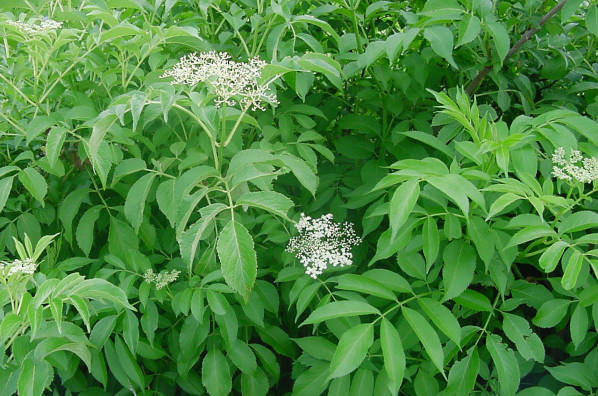Here you can see both the old growth and the new. This is another edge of the front bed that slopes sharply in the corner and the little bluestem has secured the soil nicely. The birds have flocked to it all through the winter, and are still doing so, which is why I haven’t cut back the old growth. As other things come in, I’ll cut it back.
I have it in my upper pollinator bed as well, where it creates a nice green area between other flowering plants. It’s super hardy and requires zero maintenance.
There’s a big bluestem as well that I planted in Arcadia but the deer ate it. I’ll try again. If I can get it established it should be able to take some deer nibbling, but I may have to plant it inside the fence until it gets big enough to survive their munching.
More info:
Schizachyrium scoparium
Common Name(s):
Previously known as:
- Andropogon scoparius
- Phonetic Spelling
- ski-za-KRY-ee-um sko-PAIR-ee-um
- Description
- A native ornamental grass with attractive blue-green foliage in the Poaceae family. Purplish bronze seed heads and yellow-orange leaves make for great fall interest in the landscape. It is attractive planted en masse and would make an excellent addition to a rain garden. It performs best in average, dry to medium moisture, well-drained soil in full sun. However, it does tolerate a wide range of soil conditions including infertility and clay. It has drought resistance once established. It is well-adapted to southern climates as it tolerates high heat and humidity. It is found naturally in a wide range of moist to dry habitats. Cut back to the ground in early spring to promote new attractive growth. There are many cultivars available, which means it can be difficult to find the straight species in trade.Little Bluestem is a perennial, warm-season grass that may grow to 5 feet. The leaves and stems frequently have a bluish cast in summer, while the fall color is a very warm copper that does not fade throughout winter.Seasons of Interest:Leaves: Summer/Fall/Winter; Bloom: Late Summer/Fall; Fruit/Seed/Nut: Fall/Winter






